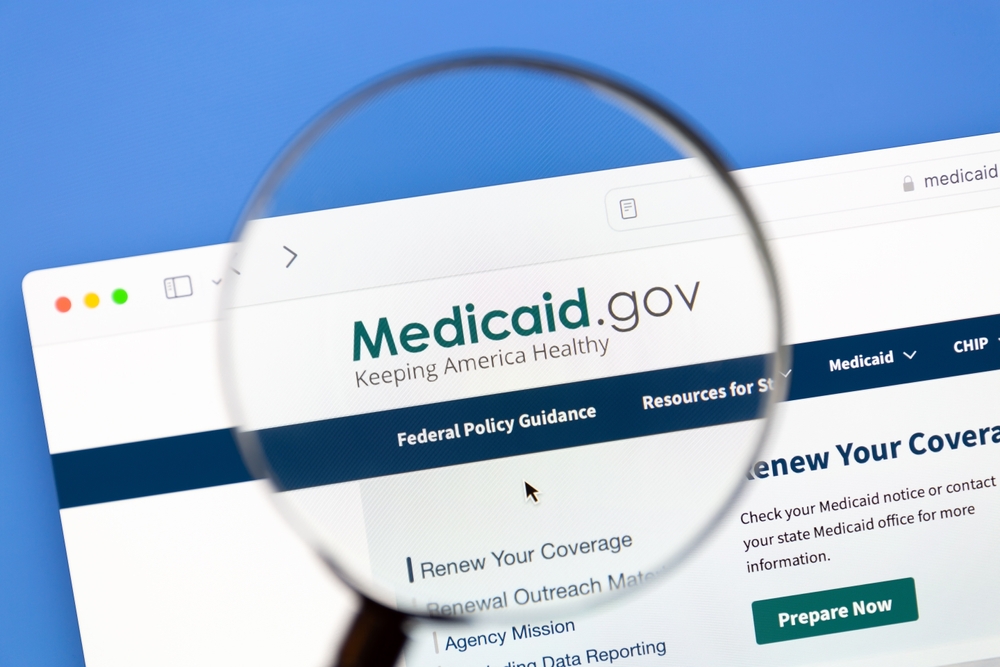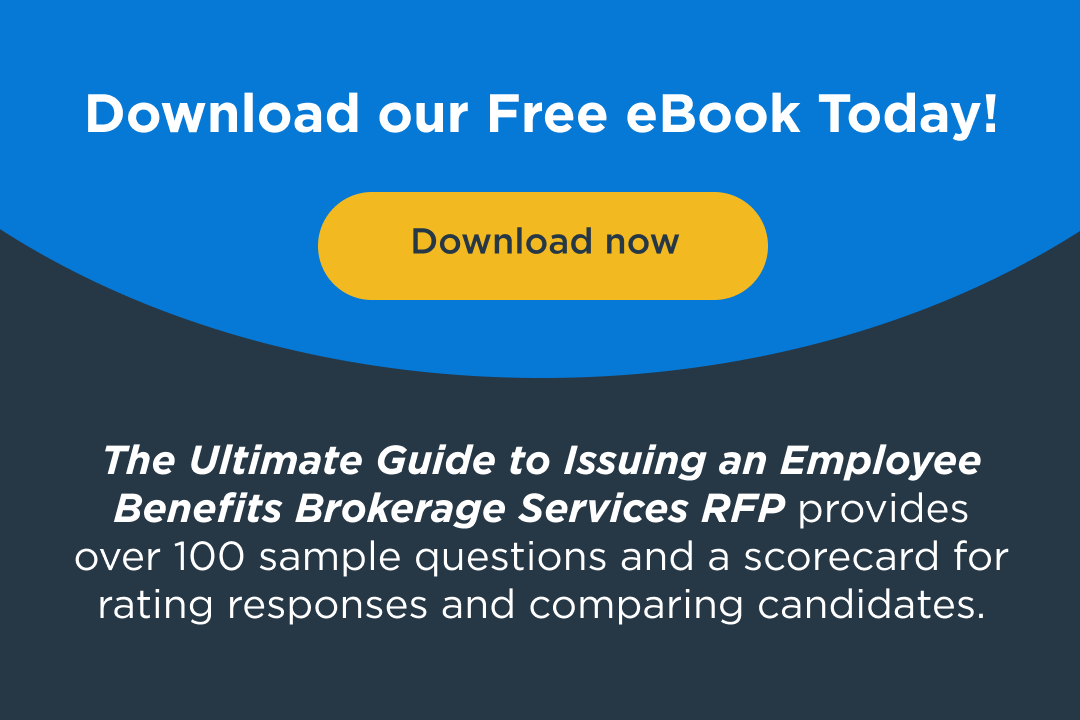Medicaid Reform and Employer-Sponsored Health Plans: Strategic Implications of the One Big Beautiful Bill
July 8, 2025

On July 4, 2025, President Trump signed the One Big Beautiful Bill into law, enacting sweeping changes to Medicaid that will reverberate far beyond public health programs. With nearly $1 trillion in projected reductions to federal Medicaid support over the next decade—including the introduction of mandatory work requirements, eligibility tightening, and state block grant incentives—the policy marks a major shift in how low-income individuals access care.
For HR and finance leaders managing employer-sponsored health plans, the implications are substantial. These reforms may not directly alter your benefit design, but they will reshape the healthcare ecosystem your plans operate in—affecting claims experience, enrollment stability, pricing dynamics, and fiduciary exposure.
On Wednesday, July 23rd, HUB International will be hosting a webinar focused on the ripple effects of the passing of this bill. You can register for the webinar here. In the meantime, here are our immediate takeways…
Key Takeaways for Employer Health Plan Sponsors
1. Cost Shifting to Employer Plans Is Likely—Especially in Self-Funded Models
When individuals lose access to Medicaid—whether due to income limits, new documentation burdens, or failure to meet work requirements—they often turn to employer coverage as a fallback, particularly when it’s affordable or subsidized.
Implications:
- Self-funded plans may experience a rise in risk pool severity, as medically complex members shift from Medicaid to group coverage.
- Stop-loss thresholds and aggregate attachment points may need to be re-evaluated in 2026–2027 as Medicaid rollbacks take effect.
- Actuarial pricing for fully insured plans may rise in high-impact states, especially those not expanding coverage through state wraparound mechanisms.
Action Step: Engage actuaries and brokers now to model multi-year pricing scenarios under varying Medicaid disenrollment assumptions.
2. Enrollment Volatility Will Increase Administrative Burden
Medicaid eligibility churn is not new—but with new federal rules, states are expected to increase redeterminations and disqualifications. Many affected individuals will cycle in and out of employer plans, depending on hours worked or family income fluctuations.
Implications:
- Expect higher rates of midyear enrollments, COBRA triggers, and special enrollment events.
- Payroll/HRIS systems must be able to track eligibility and status changes with precision—particularly for ACA compliance and ESR penalties.
- Dependent eligibility audits may become more complex as coverage shifts across public and private plans.
Action Step: Evaluate benefits administration platforms for eligibility automation, and consider enhancing employee communication protocols for life event changes.
3. Provider Reimbursement Pressure Will Disrupt Networks and Plan Design
With Medicaid reimbursement scaled back, especially in rural and safety-net dependent regions, hospitals and providers will seek new revenue through:
- Higher commercial billing rates
- Narrower networks
- Rebalancing of value-based care contracts
Implications for Employers:
- PPO networks may shrink or rebalance tiers based on providers’ financial solvency.
- Employers may need to renegotiate TPA or ASO agreements for network adequacy.
- In some regions, telemedicine and direct primary care may become necessary to maintain access.
Action Step: Audit network adequacy annually, especially in Tier 2 and out-of-network categories, and consider alternate site-of-care options to offset rising inpatient costs.
4. Fiduciary Risk and Compliance Scrutiny Will Intensify
As Medicaid shrinks, public interest in employer-sponsored benefits will grow. Regulatory agencies may increase audit activity to ensure:
- ERISA-covered plans are not engaging in discriminatory plan design
- Form 5500 filings and SPD disclosures accurately reflect cost-sharing and eligibility thresholds
- COBRA and ACA reporting remain compliant amid fluctuating enrollment
Additionally, the DOL may view plan inaction on predictable Medicaid-related cost pressures as a failure to exercise fiduciary prudence under ERISA §404(a).
Action Step: Work with legal counsel and ERISA advisors to update plan documents, SPD disclosures, fiduciary checklists, and internal compliance workflows.
5. Regional Disparities Will Affect Plan Competitiveness and Labor Strategy
The fiscal and operational impact of Medicaid reform will vary widely by state. For employers with multi-state or distributed workforces, this creates uneven exposure.
Examples:
- Texas and Florida, where Medicaid expansion never occurred, may see disproportionate disenrollment and premium spikes.
- California or New York may fill gaps through state-funded initiatives, limiting plan disruption but increasing tax burdens.
Action Step: Segment your workforce by state-level Medicaid policy, and assess how plan competitiveness may shift over time—especially in high-churn hourly roles.
Strategic Planning Questions for HR and Finance Leaders
As you look ahead to 2026–2028 when many provisions take full effect, ask:
- Have we modeled how increased group plan enrollment affects our total medical trend?
- What stress-testing has been done on our stop-loss coverage and high-cost claim exposure?
- Are our third-party administrators equipped to manage Medicaid-driven eligibility events?
- Are we proactively benchmarking plan design and cost-sharing assumptions against new market realities?
- Are we documenting fiduciary decision-making that reflects a changing external landscape?
Why You Should Attend Our Webinar on July 23rd
HUB’s healthcare, compliance, and risk management experts will provide data-driven analysis and practical frameworks to help employers:
- Assess Medicaid’s downstream impact on group health plans
- Model premium and claims volatility under different disenrollment scenarios
- Evaluate plan design and network strategies to mitigate cost transfer
- Prepare for potential fiduciary audits and regulatory inquiries
Whether you manage a self-funded plan for 1,000 employees or a fully insured plan across five states, this session will help you translate Medicaid policy into operational and financial strategy. You can register for this webinar by clicking here.
Final Thought: Medicaid Reform Is a Systems Shock Employers Can’t Ignore
The One Big Beautiful Bill does not target employer-sponsored health plans directly—but the secondary effects will be far-reaching. As Medicaid eligibility tightens and reimbursement shrinks, the private sector will absorb more responsibility for coverage, cost, and compliance.
Now is the time for proactive modeling, plan design recalibration, and cross-functional alignment between HR, Finance, and Legal.
Reserve your spot in our webinar now to get ahead of the most significant healthcare shift in a generation.


